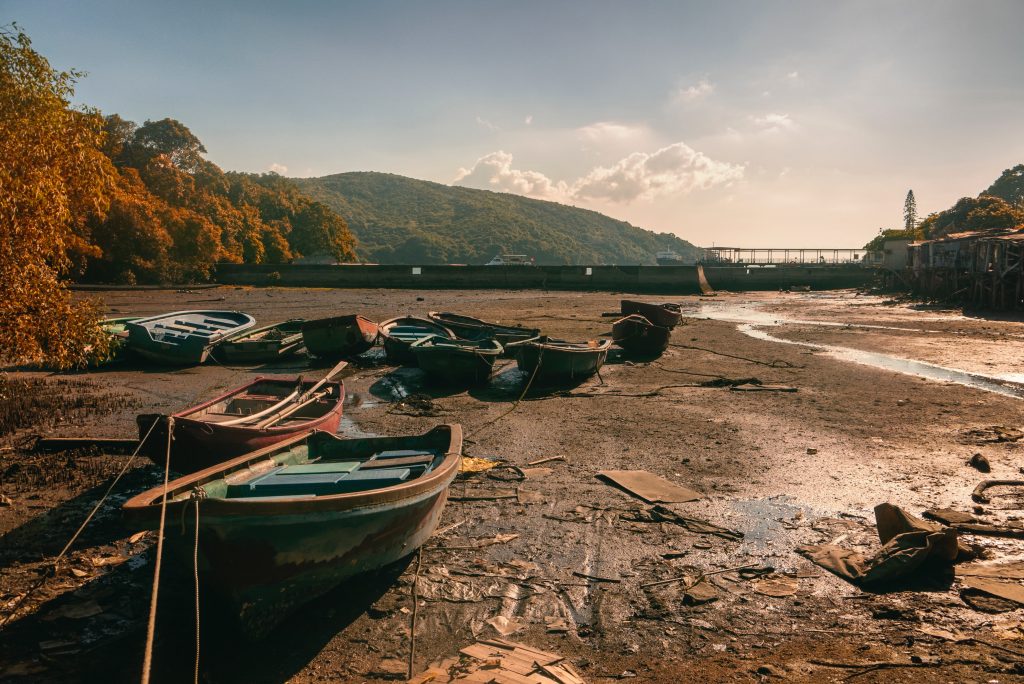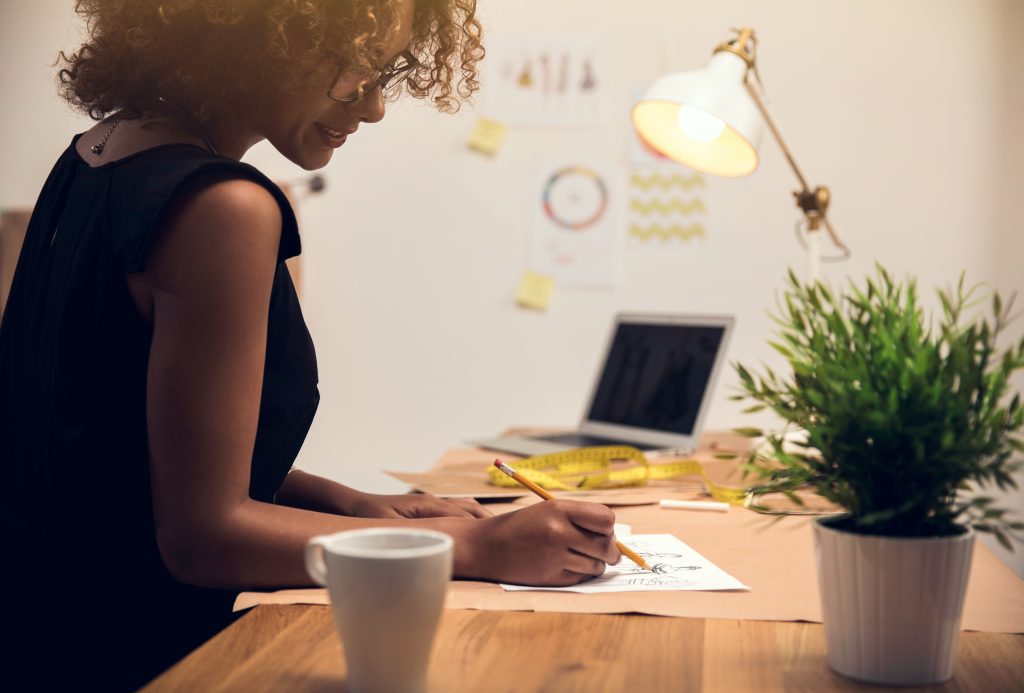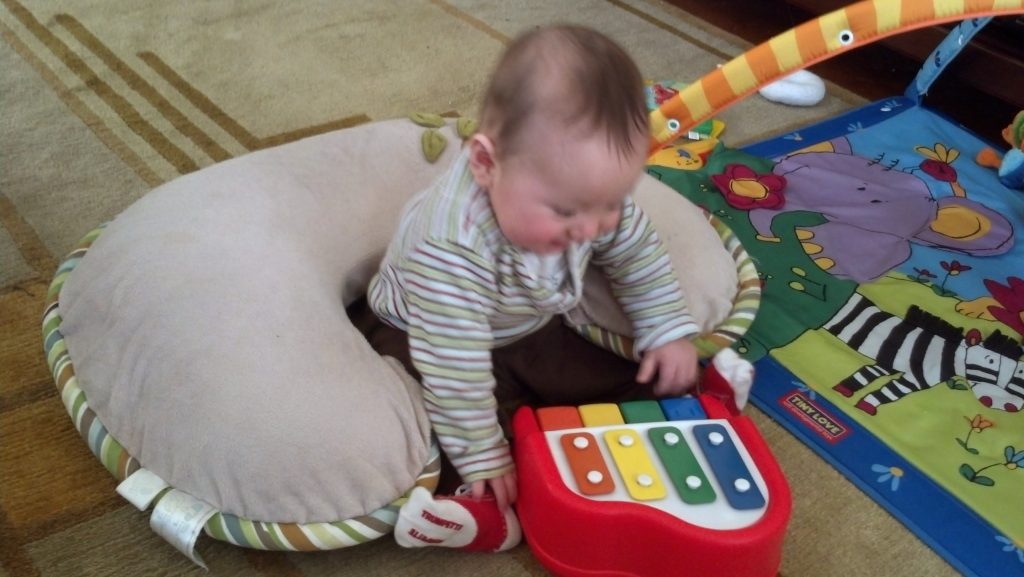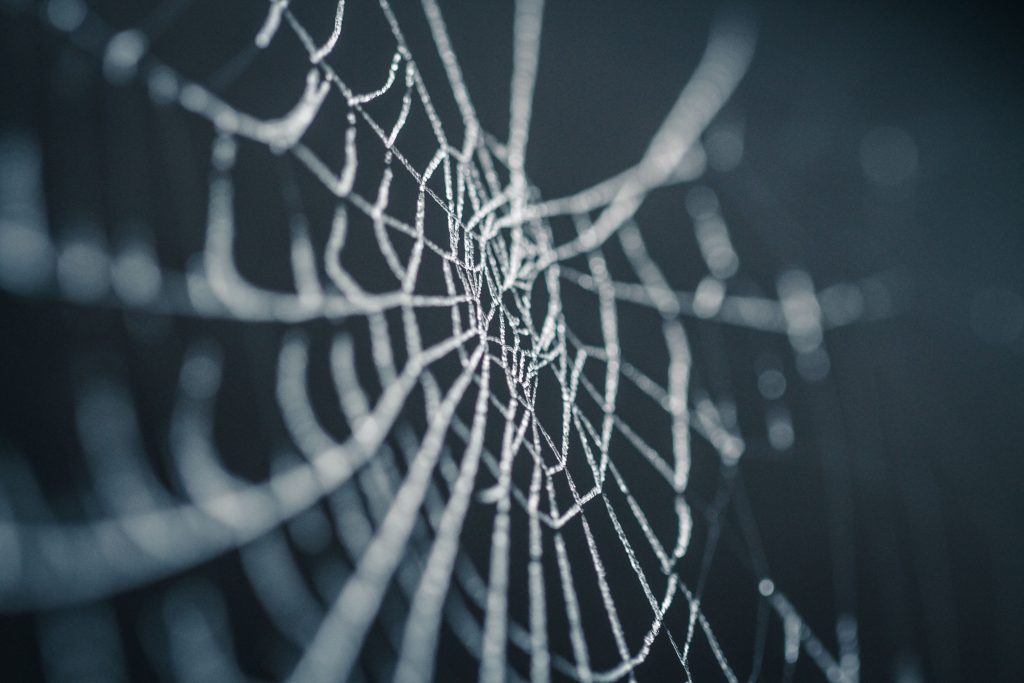Did you know doing A LOT of creative work–if you handle it the wrong way–can actually LEAD TO resistance and creative block?
Fortunately, there’s a secret to avoiding–or ending–procrastination, resistance, and creative block.
And guess what? It can actually be simple and easy.
It doesn’t have to take years of inner work.
(NOTE: There is absolutely a place for inner work, and you DO have to do it to reach your highest potential as an artist.
However, if you’ve been avoiding your art, you can actually turn that around in less than a week. EVEN IF it’s been YEARS since you did your art. (!!!))
*
Let’s talk resistance–and how your creative work habits can inadvertently cause it.
The best way to do your art is to do as much as you can in a sitting, right? To mine your creativity, dig deep, bring it all up and out. To go and go until you feel done, complete, and satisfyingly empty. Yes?
Actually, no.
You see, creation is about desire. It’s the urge to create something where there was nothing… the impulse to fill a space with something that comes from your soul.
And so, if you mine your depths until you’re completely empty, then turn around the next day and start again… what happens?
There’s nothing left to create from.
As creative people, we always need to fill the well. Rest and play fill the well. Contemplation and open exploration fill the well.
If we work and work, until our creative urge is exhausted, we drain the well.
We kill the desire to create.
And then we’re left high and dry.

Now, there are certain times when it IS right to go and go, to follow the energy until we’re complete. But you have to know when those times are, and when to stop and fill the well again.
Also: Those times when it’s right to go and go until you’re DONE are the EXCEPTION, not the rule.
If you want to do your creative work regularly and easily, here’s what to do: leave each session hungry.
Hungry to write or paint or do more. Hungry to take the next step. Hungry for the next day.
With my clients, we pay a lot of attention to creative hunger–and creative drive.
We figure out exactly how to set up their work sessions (when, how often, how long, how to begin and end), to make sure their work is INCREASING their creative drive.
If you have trouble doing your creative work, you might be managing your creative energy in a way that DEPLETES or MESSES UP your creative drive.
You know what it looks like when your creative drive is depleted or messed up:
- A cycle of avoidance, justification, guilt, shame… and more avoidance
- Endless picking at yourself and beating yourself up. Critical voices that make it hard to create anything!
- A dull, dry, or flat feeling about your work (it all looks boring, clichéed, and bad)
- Fear that if you try, you’ll just fail and let yourself down again
Here’s what it looks like when you manage your creative energy the right way:
- You start your creative work easily each day
- You show up powerfully for each creative session
- You recognize bumps and roadblocks for what they are, and you know exactly what to do to navigate them (and you do it!)
- You end each session feeling energized—and eager for your next session
- Your momentum, success, and confidence are growing each day
- All those small and then big professional goals… the publications and showings and performances, the agents and money and awards… start to HAPPEN

And it all comes from this foundation: understanding how to manage and direct your creative energy so you can do your art regularly and easily.
Interested in support that will help you do exactly this? Email me and let me know!











